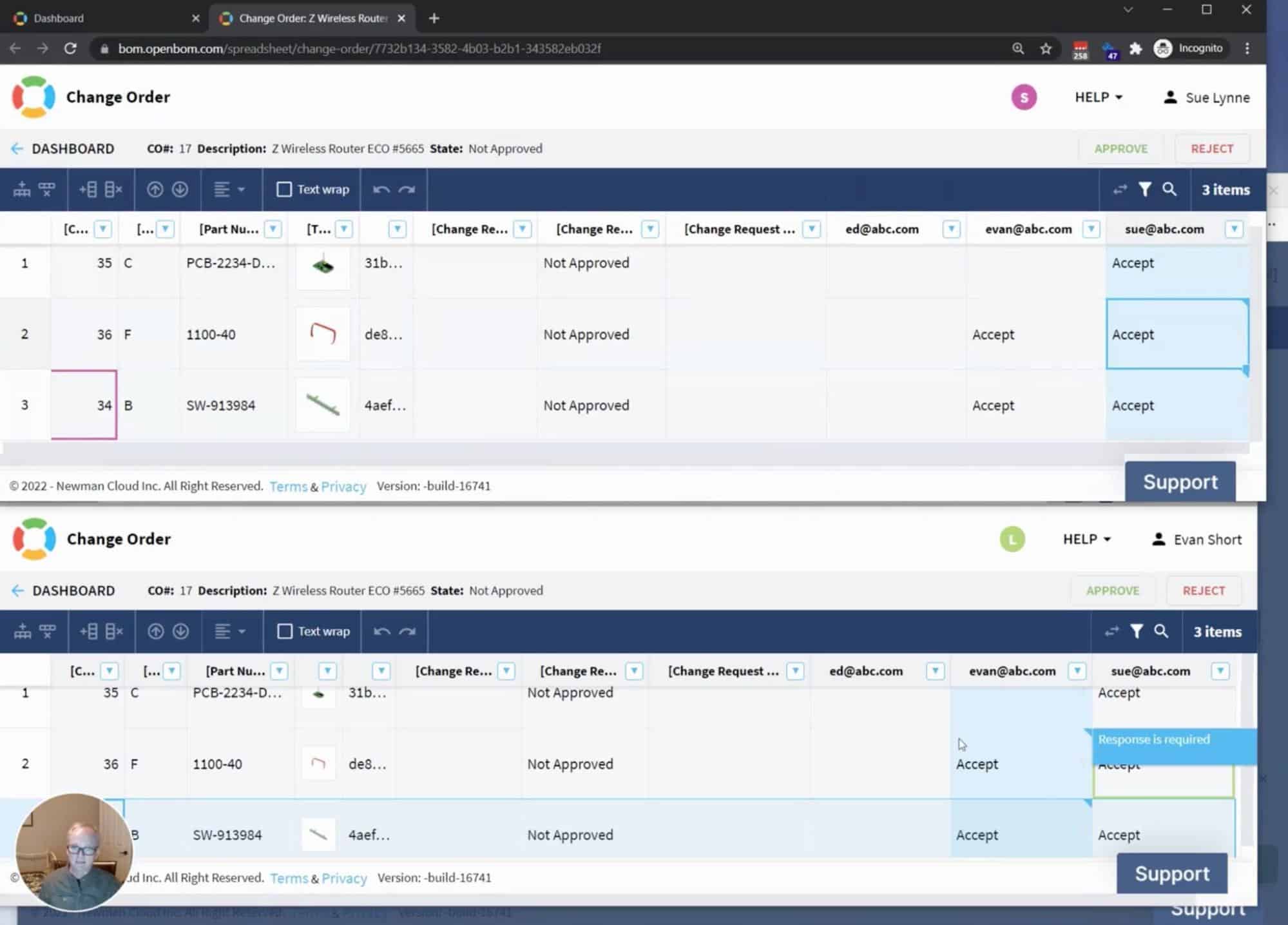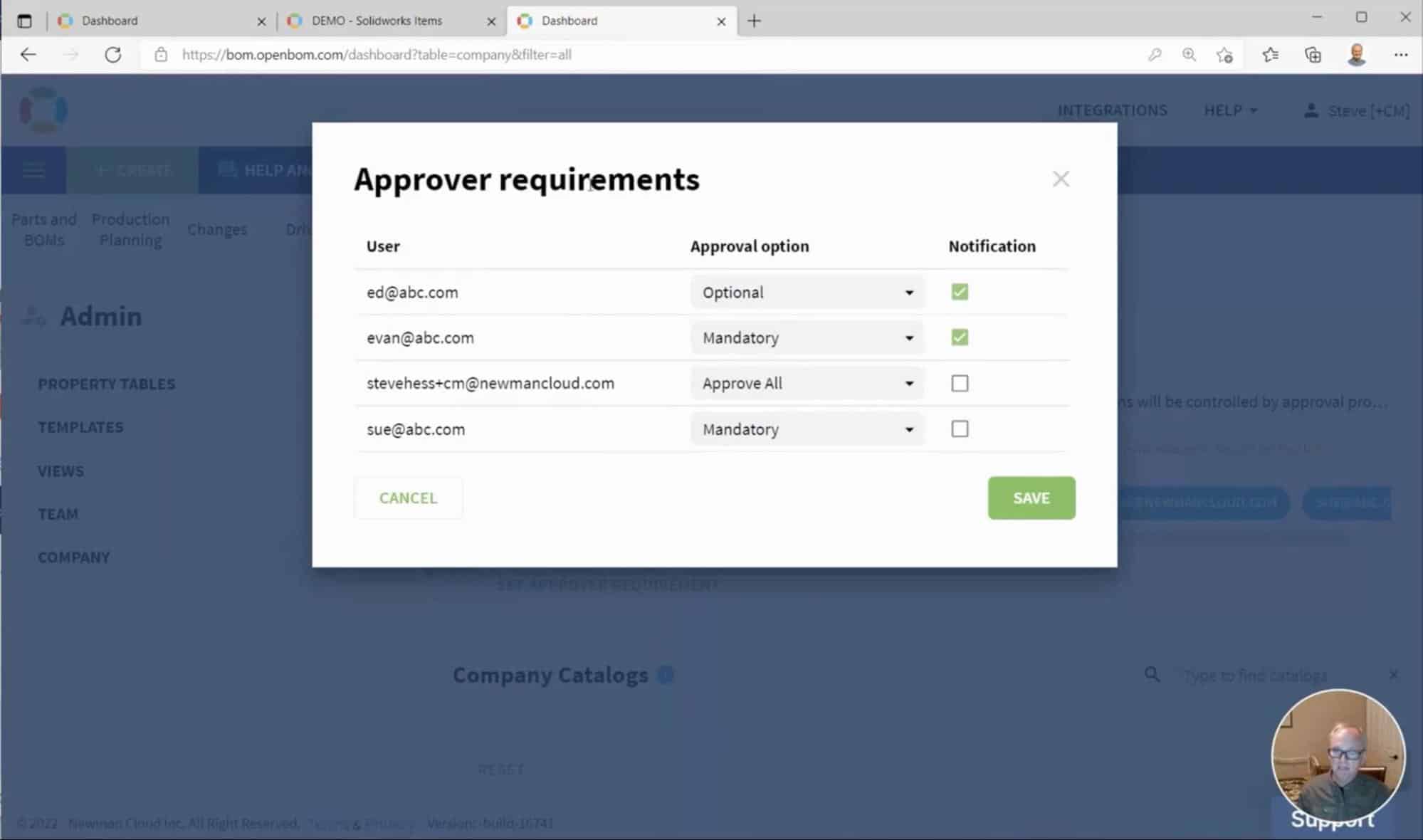
In business, the saying goes that “two heads are better than one.” And when it comes to making decisions, this is especially true. Collaborative approval processes allow for more voices to be heard, and can result in better decisions overall. But what is a collaborative approval process, and how can you implement one in your business? Read on to find out.
The Need For Collaborative Effort
In today’s competitive marketplace, manufacturers must find ways to improve efficiencies and reduce costs. One way to do this is by streamlining the approval processes. A collaborative approval process can help achieve this goal by allowing key stakeholders to review and approve changes in a timely manner. By involving everyone who needs to be consulted, you create a streamlined process that can save time and money.
When designing collaborative approval processes, it is important to consider the various stakeholders who will be involved. These include marketing, engineering, operations, Purchasing, and Quality Assurance. Each group has its own unique perspective on how a product should be designed and implemented, so it is critical to involve them all early in the process. This will ensure that everyone is on board with the final product and that there are no surprises later on.
Involving all key stakeholders early in the collaboration process will help you create a successful product launch. By working together as a team, you can improve speed-to-market while reducing costs and maintaining quality control.
Beyond Workflows
For many years, workflow was a synonym for “process management” in product lifecycle management and other business disciplines. It was almost an automatic assumption that if you need to have process management, then bring a workflow, which will allow you “to draw” the process and later on to “run the process” using the same workflow. A workflow mechanism became an ultimate process management tool.
While the workflow is very visual and helps to organize the ultimate process of moving from point A to point B, the same workflow is a terrible collaboration tool. Messages (or emails) are an ultimate workflow mechanism for moving actions between multiple people and, as a result, the visibility of the process and data is heavily diminishing. In other words, while the workflow mechanism is a great invention, we’ve been looking for a new way to allow people in the organization to combine robust and scalable collaboration with typical process management (eg. change approvals)
Collaborative Grid and Approval Process Management
OpenBOM collaborative grid is an innovative user experience that allows multiple people to get into a shared data space where they can perform actions simultaneously. OpenBOM collaborative technologies used for data sharing (eg. BOMs, catalogs) allow performing simultaneous actions of data editing while capturing changes in history. If you missed how OpenBOM does it, check the following article and learn more about collaborative editing.
We took the same idea to make process management collaborative. Our first collaborative process management approach was implemented earlier this year with the creation of collaborative ECO approval process management.
In the middle of the collaborative process is a shared data space (Change Order object) that contains a full list of changes and data spaces for approvals. Everyone can get into this collaborative space to overview the approval process and perform approval actions.

The change management dashboard allows you to get info about what needs to be approved.

A separate configuration mechanism creates an approval workflow setting defining who are those users in the system that need to perform approvals. Some of them are mandatory and some others are optional. Notification settings are part of the overall process configuration.

Watch the video of how the OpenBOM collaborative approval process works.
Multiple Approval Process Types
One size doesn’t fit all. Companies need to have multiple change approval mechanisms. They might depend on the data (eg. specific item type) or lifecycle (eg. engineering approvals vs manufacturing approvals). OpenBOM will be providing an option to create multiple workflow approval settings (eg. for ECO, MCO, etc.) and use them based on the item data and company needs. Watch our roadmap for custom approval processes.
Conclusion
OpenBOM collaboration tools and technologies allow you to bring multiple people into a process where they can provide their change approval transparently and collaboratively. Such a process is going beyond a traditional “workflow” approach, but not rejecting it. OpenBOM change order approval is the first such process management tool in OpenBOM. But more to come…
Keep an eye out to check how OpenBOM can help you. REGISTER FOR FREE and start a free trial today.
Best, Oleg
Join our newsletter to receive a weekly portion of news, articles, and tips about OpenBOM and our community.










